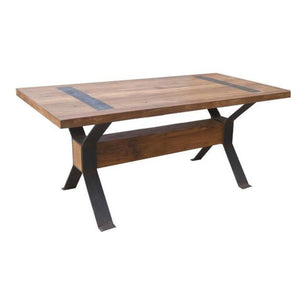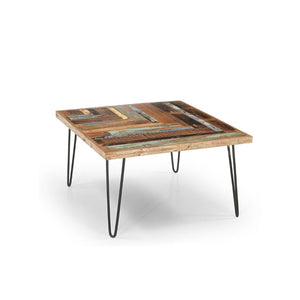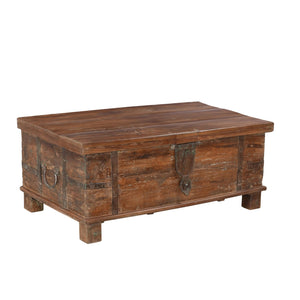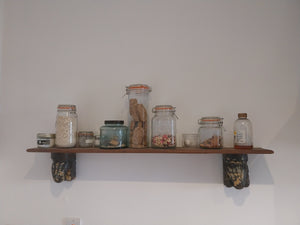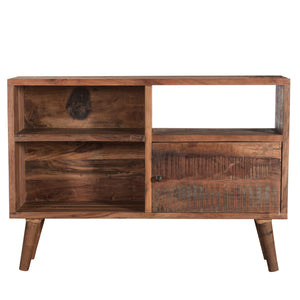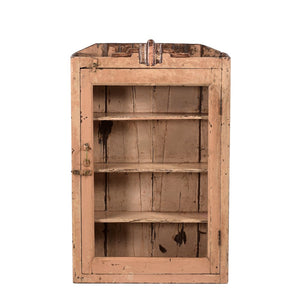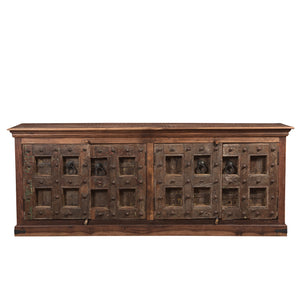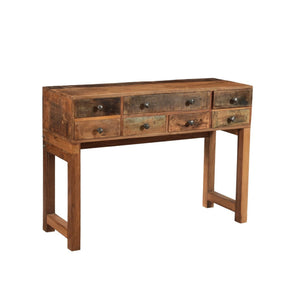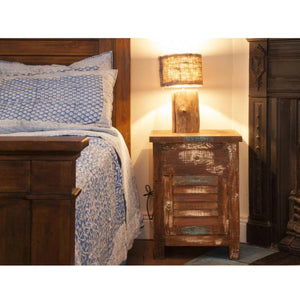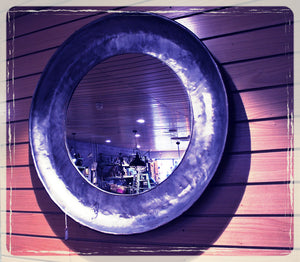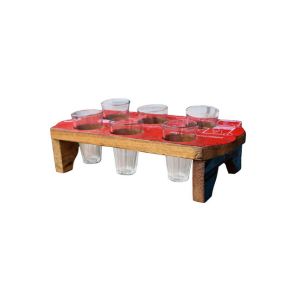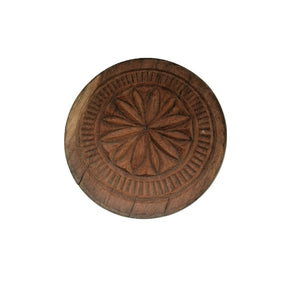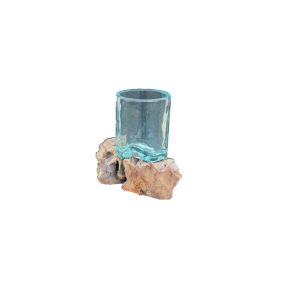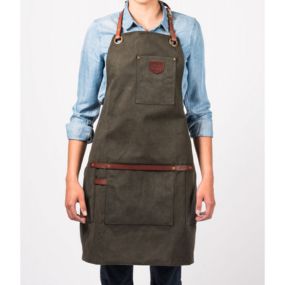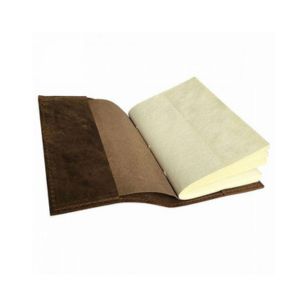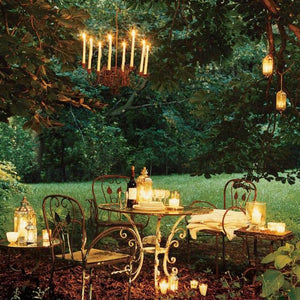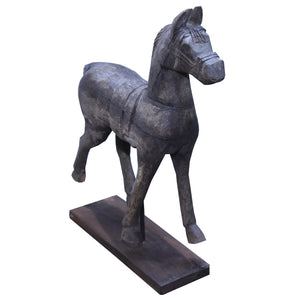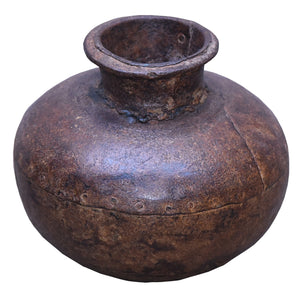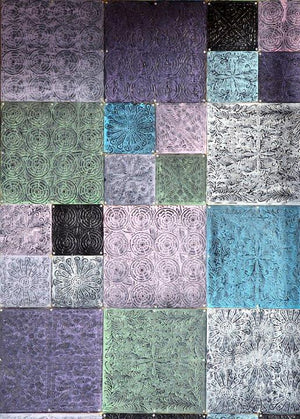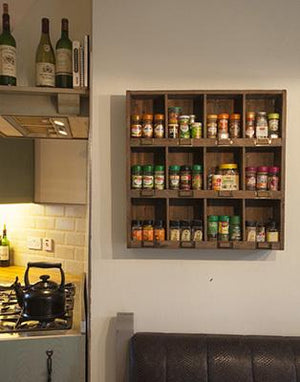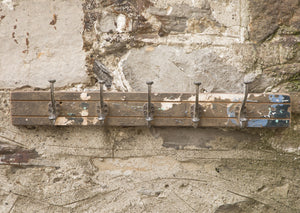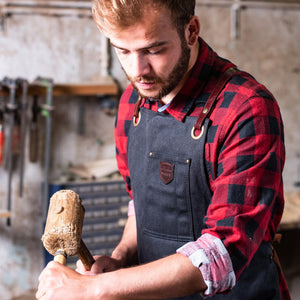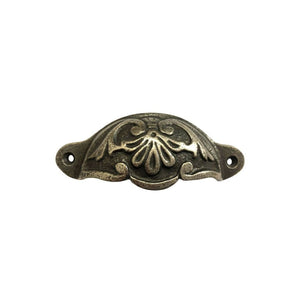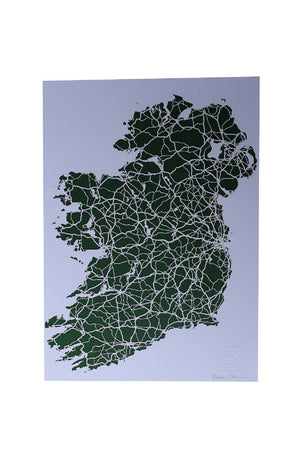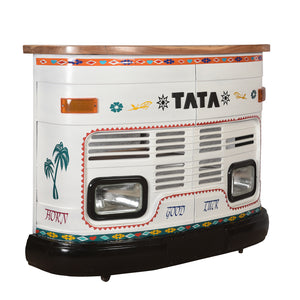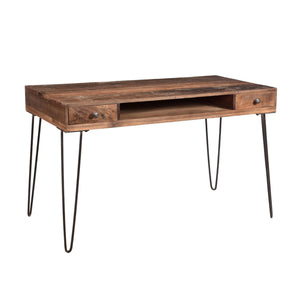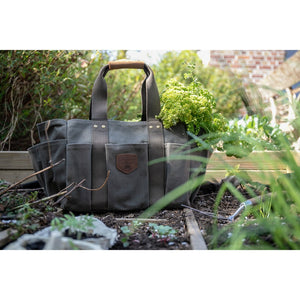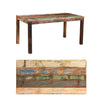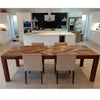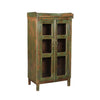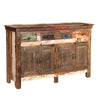CHOOSING A RECLAIMED WOOD DINING TABLE FOR YOUR HOME – THINGS TO CONSIDER
A dining table is an important element of home furniture.
The dining table has certainly done double duty to handle meals, entertaining, homework sessions, baking prep, and whatever else you may think of.
The greatest dining table will be affordable, well-made, and comfortable to use in your home.
It’s all about choosing a statement piece that adds flair, individuality, and character to your area once you’ve covered the essentials.
All of those boxes can be checked with a salvaged wood dining table.
So, let’s look at some of the factors to consider while selecting the ideal salvaged table for your home.
Space
The dining table should be large enough to fit comfortably in your dining room or kitchen. A salvaged dining table is a deceptively huge piece of furniture, and the area around it must be taken into consideration as well.
To comfortably get in and out of a chair and walk around the table, a decent rule of thumb is 90cm/3 feet of breathing area on all sides; the more, the better.
To accommodate the dining table, start by measuring the length and width of the space. To acquire a target dining table length and width, subtract 1.8 m from those two numbers.
Oh, the pine, teak, mahogany, walnut, and oak!
Because there are so many different wood tones and grains, the wood species of your new dining room table is an important issue.
Match the table’s wood species to existing wood in your home, such as wood flooring or cabinetry, for a traditional appeal.
For a more diverse aesthetic, mix wood species that go well together, even painted woods, for a modern twist.
Consider the tone, grain, and, most crucially, the wood species’ endurance if you are less concerned with aesthetics.
If your table will be subjected to a lot of wear and tear, consult the Janka Hardness Chart to see if the wood is long enough to meet your needs.
If the number on the scale is greater, the wood is tougher and more scratch-resistant.
Most recycled dining tables, on the other hand, have already seen some wear and tear, which leads us to the following criterion.
Character Elements
Reclaimed dining room tables have a narrative to tell, which makes them one-of-a-kind.
This is what we refer to as “character elements.”
Wood with natural knots, old nail holes, indentations, or exposed seams are some of the character aspects that can be found on reclaimed wood tables.
When choosing a recovered table, make sure you’re comfortable with character elements.
The quality of the furniture restorer is critical to achieving an even and smooth tabletop surface that has been sanded to the same level and has had nail holes and knots smoothed over or filled in.
Ideally, character elements should be able to shine without any rough edges or regions.
Pro Tip: Filled in knots are ideal since they preserve the beauty of the wood’s knots and qualities while eliminating spaces for crumbs.
Reclaimed wood dining tables can be finished in a variety of ways, depending on the imagination and resourcefulness of the furniture restorer.
When acquiring a one-of-a-kind object, the finish is a detail that is frequently ignored.
Before you buy, check to see if the tabletop is finished or unfinished.
The finish is important not just for its appearance, but also for its durability, reparability, and workability.
An unfinished surface, which hasn’t had any wax, epoxy, or polyurethane added to it, has an authentic industrial appearance but gives very little protection.
To protect against spills and stains, a finish doesn’t necessarily have to have a high gloss surface.
Finished Edge
We rarely consider the table edge until we accidently bump into or under it while attempting to get something from beneath the table.
We immediately recognize the significance of this detail after an injection of pain.
Table edges are a detail that speaks to the quality of your table in terms of appearance, function, and safety.
The table edge adds interest to the design and elevates the aesthetic of a dining table.
It’s a minor element, yet it will catch the eye, stand out, and add to the overall beauty of the piece.
The edges of reclaimed wood tables are usually straight, rounded, raw with a live edge, or have metal/rubber edging, although they can be more ornate.
Metal edging adds to the industrial look of a home.
The use of a straight or rounded edge helps to maintain the table’s clean appearance and modest décor choices.
Base
The table’s aesthetic direction can be substantially altered by using wood or metal bases.
A steel foundation instantly adds a hint of industrial flair, but a wood base maintains the table shabby chic and true to its original age.
Then think about the base’s shape and aesthetic.
If you want your seats to fit properly, keep in mind where the legs cross with the top.
You must ensure that the supports do not obstruct leg space.
Legs, a pedestal, or a trestle are frequently included in the base, which might limit the number of people who can sit at a table.
The apron, the structure that supports the tabletop, can limit your maneuvering space.
A pedestal or trestle foundation allows for more people to be seated at the table.
Trestle bases allow for more flexibility along the table’s sides, but they do limit the amount of room available at the table’s ends.
Make sure there’s enough clearance for your knees where the trestle supports are attached.
Despite its popularity, most people consider recovered furniture to be a secondhand item rather than an heirloom.
Reclaimed wood dining tables offer a sense of self-expression into a home with its rustic, aged, and age-old beauty.
Tuscan, farmhouse, seaside, bohemian, and even modern design styles can readily adapt and merge with reclaimed furniture’s particular appeal.
A reclaimed wood dining table allows you to create a room where your imagination is unrestricted and modernism and history collide to create a setting that reflects your personality.













